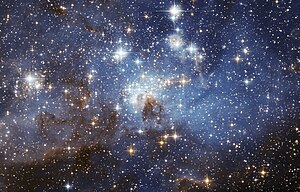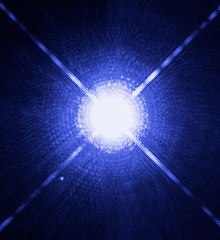summary
The Ordovician Period was 490 years ago. During the Ordovician Period was almost all continent layed under water that were consisted mammals under water which were trilobites, nautilus etc. Some Geologic/Tectonic Event was Gondwanna was consisted of southern Europe, Australia, Africa and South America. The Atlantic sea closed as Europe moved toward North America. Cold climate with flouted marine ice developed on the maximum glaciations was reached. During that period it had of works most of them came from Florida.
Reflection
what did you enjoy the most about this project?
Is that it was a really fun project even though sometimes I didn’t know what to do but I really enjoyed it.
What was most challenging about this project? Why?
The most challenging thing was that sometime I don’t know what to do and I felt lost and I was working alone.
Is that it was a really fun project even though sometimes I didn’t know what to do but I really enjoyed it.
What was most challenging about this project? Why?
The most challenging thing was that sometime I don’t know what to do and I felt lost and I was working alone.
What would you change about this project and why?
The first thing I would like to have a partner.
The first thing I would like to have a partner.
I would like Miss Kara explain a little more about the project.
What are 3 things that you learned from this project?
I learned that the Ordovician period was under water .
I learned that Geologic Time Scale teach us what was happening on earth history.
and I also learned that there’s a lot of ways to present a project.









